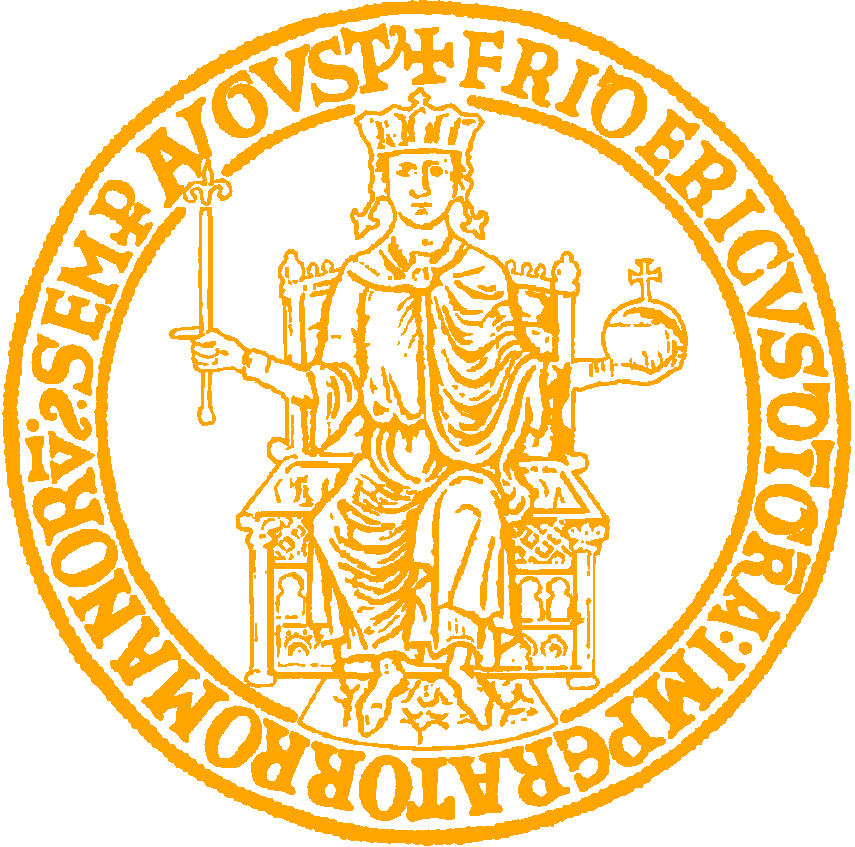- 9
-
G. Cutolo, J.C. Lennox, S. Rinauro, H. Smith and J. Wiegold
On infinite core-finite groups
Proc. Roy. Irish Acad. Sect. A, 96, (1996),
pp. 169–175.
MathSciNet
Zentralblatt
Comments
Abstract
Full Text
- 10
-
G. Cutolo, E.I. Khukhro, J.C. Lennox, J. Wiegold, S. Rinauro and H. Smith
Finite core-p p-groups
J. Algebra, 188, (1997),
pp. 701–719.
doi: 10.1006/jabr.1996.6811
MathSciNet
Zentralblatt
Comments
Abstract
Full Text
- 11
-
G. Cutolo, E.I. Khukhro, J.C. Lennox, S. Rinauro, H. Smith and J. Wiegold
Locally finite groups all of whose subgroups are boundedly
finite over their cores
Bull. London Math. Soc., 29, (1997),
pp. 563–570.
doi: 10.1112/s0024609397003068
MathSciNet
Zentralblatt
Comments
Abstract
Full Text
- 12
-
G. Cutolo, H. Smith and J. Wiegold
On core-2 groups
J. Algebra, 237, (2001),
pp. 813–841.
doi: 10.1006/jabr.2000.8599
MathSciNet
Zentralblatt
Comments
Abstract
Full Text

In 1994/95 I spent one year in Cardiff, where I joined the investigation of core-finite groups, that is, groups in which every subgroup has finite index over its normal core. If this index is also bounded, by some integer n, then the group is called a core-n group. (Such groups can be weird, think of Tarski monsters!) The starting, main results (which I am not involved in; I came after!) include the fact that every core-finite locally finite group is core-n for some n, and has an abelian subgroup of finite index. In [11] it was proved that this index is bounded in terms of n only, and we looked for sharp bounds for small values of n (which is a problem about finite groups, really). If n is an odd prime, then the (best possible) bound is the square of n ([10]), and the same is true if n=2 and the group considered has nilpotency class 2 (as was proved in [12]). Our best bound for general core-2 groups was 16 (and still is, we have not being working on it, after [12]), but it might well be that it could be pushed down to 4 as in the other cases. Update: This is actually the case, as proved Bettina Wilkens in 'More on core-2 2-groups', J. Group Theory 20 (2017), 193–225.
Another possible theme of investigation is looking for conditions similar to being core-finite that still force a group to have an abelian normal subgroup with ‘small’ index in the group (this can be expressed in term of the corresponding quotient, say). This is the theme of [9], where ‘small’ still means finite. For an update on this topic, see H. Smith, J. Group Theory, vol. 3 (2000), 147–156.
Dismiss